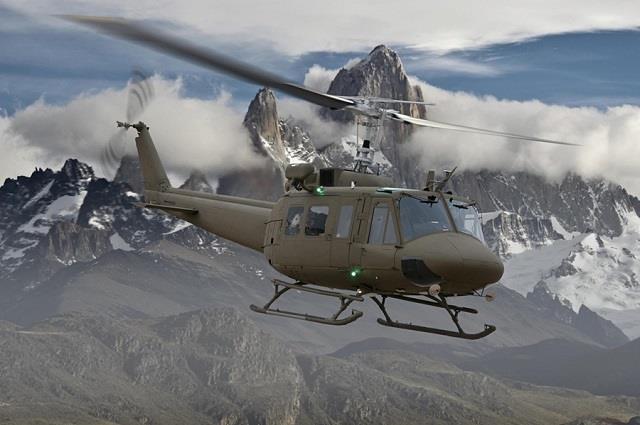
Medical-evacuation versions can carry up to six stretchers, plus a medic. They can be armed with a variety of weapons, including M-60 machine guns, 20 mm cannon, 2.75-inch rocket launchers and M11 guided-missile launchers.

Hueys can carry a dozen troops or an equivalent amount of cargo at speeds up to 127 mph, with a range of nearly 300 miles. It was used for assault missions, transporting troops and supplies, and evacuating casualties. In its heyday, during the Vietnam War, the Huey was the Army’s workhorse helicopter. Unfortunately, all 148 people on the airliner already had died in the crash. Army Huey quickly hopped to the scene, just a few miles from its base, to offer aid. In fact, in January, when an Egyptian charter airliner carrying French tourists crashed into the Red Sea, a U.S. transport Pentagon officials in and around metropolitan Washington, D.C., and conduct multi-national observer operations in Egypt’s Sinai Desert.

The Army continues to use Hueys to fly training missions at Fort Rucker, Ala. “The Army currently has a need for 300-plus UH-1s,” said one source, who asked not to be identified. The Army has been tight-lipped about the review, but industry insiders indicate that one of the study’s findings is likely to be that the service should keep some of the 421 Hueys that it still has in its fleet-at least for a few more years. A Boeing-Sikorsky team is developing the Comanche to replace the AH-1 Cobra, OH-58 Kiowa and OH-6 Cayuse helicopters for armed reconnaissance and light attack missions. Schoomaker commissioned the study as a “holistic review of Army aviation and its role on the joint battlefield.” A key focus of the study-whose findings were due in February-was expected to be the future of the much-delayed RAH-66 Comanche helicopter. Now, however, the service is awaiting the results of a major review of the service’s entire aviation program, ordered in November by its chief of staff, Gen. Army had planned to get rid of all its UH-1 Huey helicopters, which began flying in the late 1950s-almost half a century ago-by September of this year.


 0 kommentar(er)
0 kommentar(er)
